Disclaimer: This blog post contains affiliate links. If you make a purchase through these links, I may earn a small commission at no additional cost to you. Learn More. Thank you for supporting our garden community.
The Best Raised Garden Beds for Growing Vegetables
Raised garden beds are a game-changer for gardeners of all skill levels. Whether you’re an urban gardener with limited space or a seasoned grower looking to maximize yields, choosing the best raised garden beds can make a big difference. In this guide, we’ll walk you through everything you need to know about the best raised garden beds for your vegetable garden.
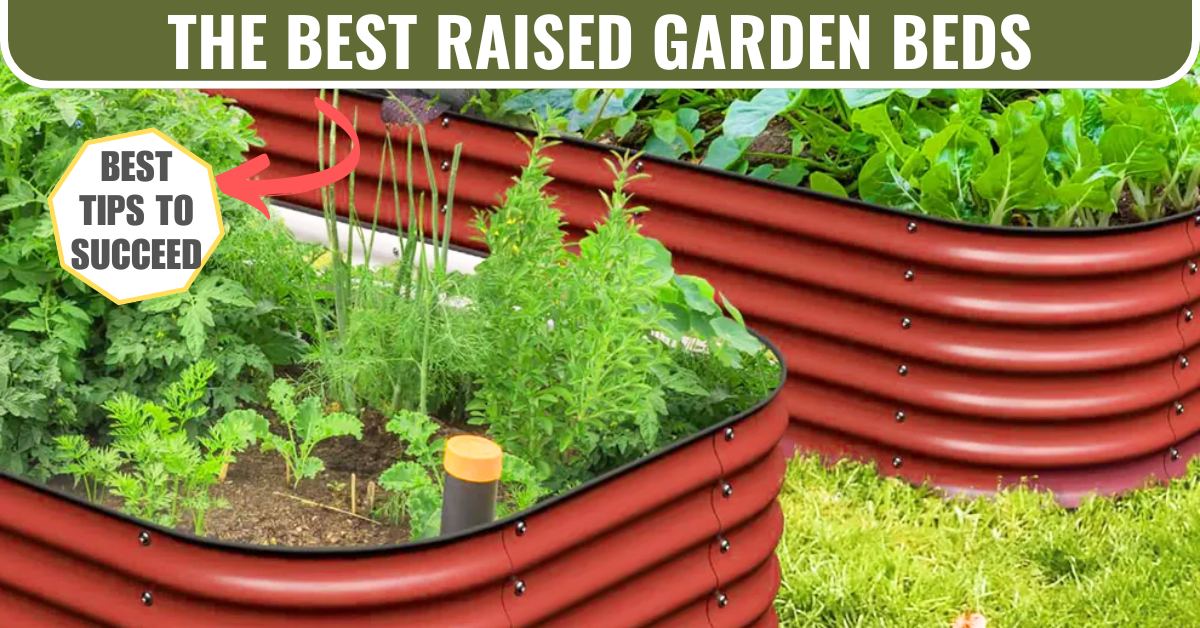
Best Raised Garden Beds for Growing Vegetables
It can be difficult to choose which raised garden bed is right for your garden.
You want something that is tall enough, will last a long time, and is a good size. Not to mention the price. Everybody wants to save some money.
That being said, I have the perfect recommendations for raised garden beds, as tested through my years of gardening experience.
These raised beds are made of metal, will last you a lifetime, are the perfect size, and won’t break the bank.
So let’s get right into the best raised garden beds for your vegetable garden!
Products
To buy high-quality metal raised garden beds, check out Burpee.
For a wide selection of perennial garden plants, check out Nature Hills Nursery.
For gardening equipment, check out Bootstrap Farmer.
Why Use Raised Garden Beds?
Raised garden beds offer a host of benefits, including:
- Improved Soil Quality: You control the soil mix, ensuring it’s nutrient-rich and well-draining. Instead of growing in-ground where you don’t know what the soil is like, you can put your own soil so that you know exactly what it is.
- Easier Access: Even though I don’t experience this as much, some people may find it difficult to bend down to access their garden. Raised beds raise the vegetables to your level, meaning you don’t have to bend down anymore.
- Better Drainage: With raised beds, water drains more effectively, preventing waterlogging and root rot. In-ground beds often have more clay-heavy soil, meaning they don’t drain water as well.
- Pest Control: Raised beds can deter certain pests, such as slugs and snails, simply because they can’t reach the plants. It can also deter larger animals, like marmots and gophers, from digging up through the ground.
- Extended Growing Season: Soil in raised beds warms up faster in spring, allowing you to plant earlier. This is because there is physically less soil compared to in-ground, meaning there is less to warm up.
All of these reasons are why using raised beds is the best way to grow vegetables.
Types of Raised Garden Beds
Understanding the different types of raised garden beds can help you choose one that suits your needs and space. Here are the most popular options among home gardeners:
| Type of Raised Bed | Pros | Cons | Best For |
| Wood Raised Beds | – affordable – customizable – natural look | – susceptible to rot – has to be replaced every 5-10 years | Traditional gardens and DIY-ers |
| Metal Raised Beds | – extremely durable – long-lasting – weather resistant – rust resistant – modern design – easy to move around – customizable shape | – can get very hot in the summer | Long-lasting and affordability |
| Concrete Raised Beds | – extremely durable – long-lasting – professional look | – high initial cost – labour intensive to install | Permanent |
The Best Raised Garden Beds for Vegetables
From this table, we can obviously tell which option is the best: metal raised garden beds. They are extremely durable, long-lasting, weather and rust-resistant, easy to move around, and highly customizable.
This makes Burpee’s 12-in-1 galvanized metal raised garden beds perfect for growing vegetables. They are the best raised garden beds that I have discovered that are widely available to everyone.
From bottom to top, these raised beds measure 17 inches. That means you won’t have to bend down nearly as far, hopefully preserving your back a little bit.
Its modular design allows for 12 different configurations for any of your gardening spaces.
Additionally, at its max capacity, this raised bed can hold almost 36 cubic feet of soil! That is a lot of space for your vegetables.
With the price tag of $199.95, there is no doubt you are getting a good deal; it will last you forever. In 20 years, you won’t be worrying about the $200 anymore because you would have gotten so much out of it.
So make sure to check out Burpee’s 12-in-1 galvanized steel raised garden beds for the perfect vegetable garden this year.
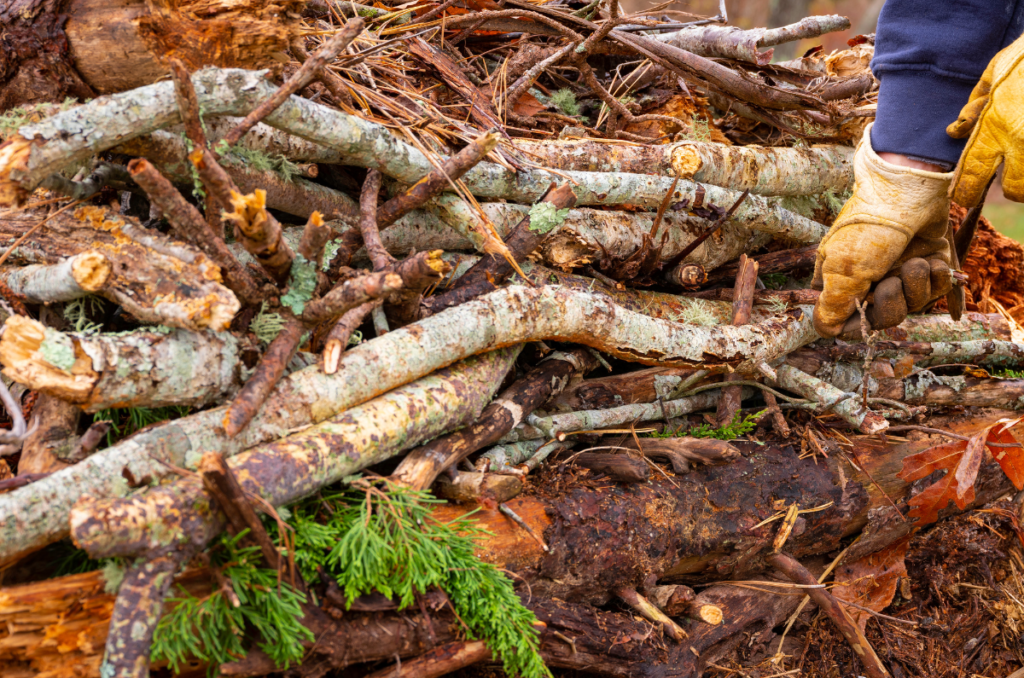
Filling a Raised Bed
As I said with these metal raised beds, they are 17 inches from top to bottom. That is about 1.5 feet, which is a lot.
If we had to fill this all with soil, it would definitely break the bank. But it would also just be a complete waste of space.
That is why you shouldn’t just use soil to fill up these raised beds. Instead, use an old gardening method known as hugelkultur.
Hugelkultur is a German gardening technique used to fill and create raised garden beds. This process involves layering organic matter at the bottom of the garden bed to create the perfect base for your vegetables. Here a few steps to get started:
- Firstly, be 100% sure of the placement of your raised bed. Make sure there is lots of direct sunlight and the raised bed is level. Once it’s filled, that thing is not going anywhere.
- Gather lots of organic matter from around your yard. This can include logs, branches, twigs, leaves, grass clippings, and other organic waste.
- Start by adding a layer of cardboard at the bottom of the raised bed. This will suppress weeds and provide a flat starting point for the rest of your organic matter.
- Then, lay down all the larger organic matter, such as the wood, logs, and branches.
- Layer the rest of the organic matter, leaving about 8-10 inches of space for actual soil. Most plant roots only go this far into the soil anyways.
- Fill the rest of the space up with the best soil for raised beds and watch your vegetables thrive!
For a complete guide, make sure to check out our post on how to make a hugelkultur-style raised garden bed.
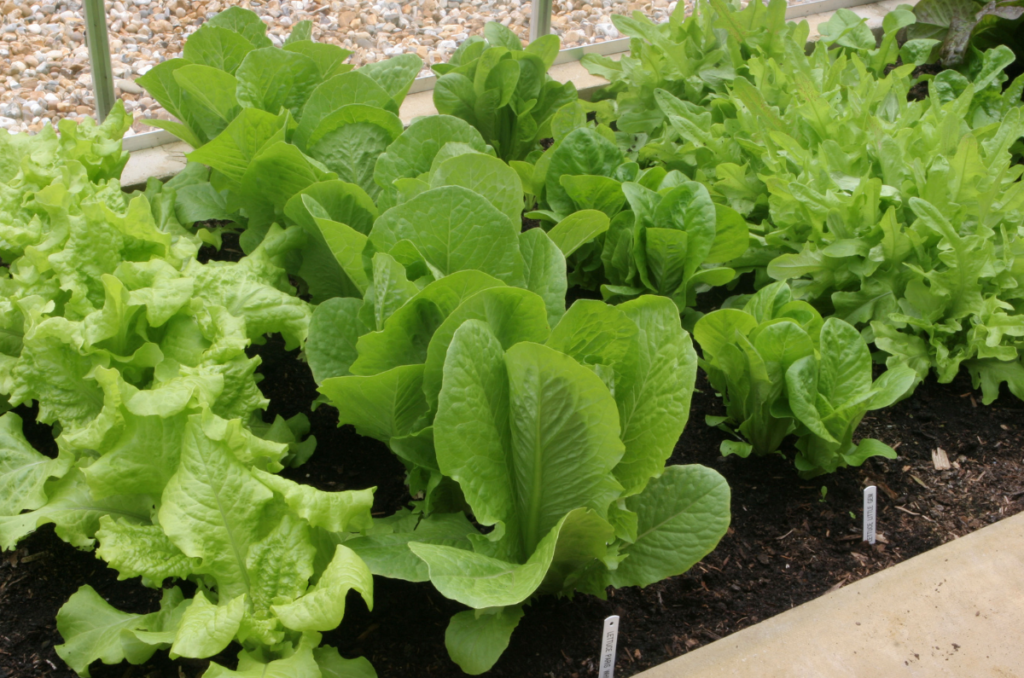
What to Plant in Raised Beds
Raised beds are suitable for the growth of basically every vegetable variety.
That means that you can grow your fruiting crops, leaf crops, long-season crops, and short-season crops all in the same space.
This is due to the customizability of raised beds, offering different shapes and sizes. It also allows you to put any kind of soil mix. You can choose one especially for tomatoes, one for peppers, or one for cucumbers, as an example.
This allows you to grow any vegetables that you want to in your raised garden beds.
A few of my favourites are peppers, leafy greens, and herbs. These plants are very low-growing, meaning you would have to traditionally bend down to pick all of them. But with raised beds, we can grow them to our level and harvest them easily.
If you don’t want to get too many raised beds, consider leaving your tall-growing plants in-ground. This would include plants like tomatoes, climbing beans, and corn. These vegetables grow tall enough that it won’t break your back to harvest them.
But if you are totally revamping your garden and want to replace all in-ground beds with raised beds, then plant everything!
Discussion Questions:
- What factors are most important to you when choosing a raised garden bed for your gardening space, and why?
Please let us know in the comment section below!
Frequently Asked Questions
There is no doubt that metal is the best material for raised garden beds. It lasts the longest, is resistant to rust and weather, and is highly customizable. Burpee’s 12-in-1 galvanized steel raised beds offer 12 different shapes for the same raised bed.
When filling up a raised bed, the bottom should be filled with organic matter, such as logs, branches, twigs, leaves, woodchips, and grass clippings. This will help you to save money on garden soil and provide a strong base for the vegetables.
The actual soil of the raised bed only needs to be 8-10 inches deep. This is because most plant roots only reach this far into the soil anyways.
Contrary to popular gardening advice, never fill your garden beds with gravel, or sand, or anything else that they say will “increase drainage.” It should be filled with organic matter.
Even More Gardening Ideas
Here are a few more posts to get the ball rolling in your garden!
- How to Start Trench Composting
- Best Organic Mulch for the Vegetable Garden
- Amending Clay Soil to Grow Better Vegetables
If you enjoyed this article, make sure to share it with your friends and family members who are also looking to improve their gardening skills. Also, consider signing up for our email newsletter; don’t worry, we won’t spam you, just fresh gardening tips and tricks every week!
If you want to learn more about gardening, foraging, and nature, check out The Real Gardener on LinkedIn, YouTube, and Pinterest.
Pin this post for later:
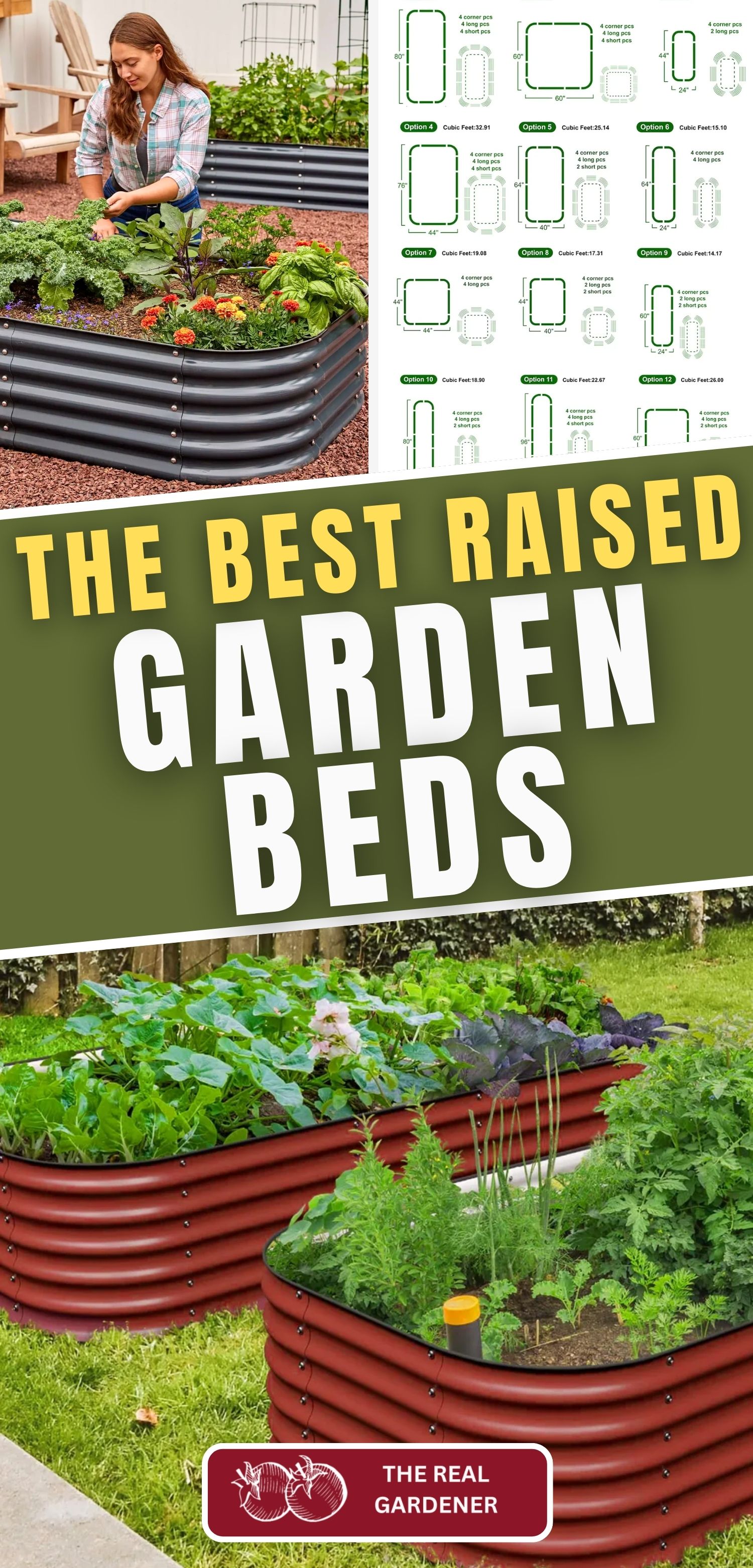
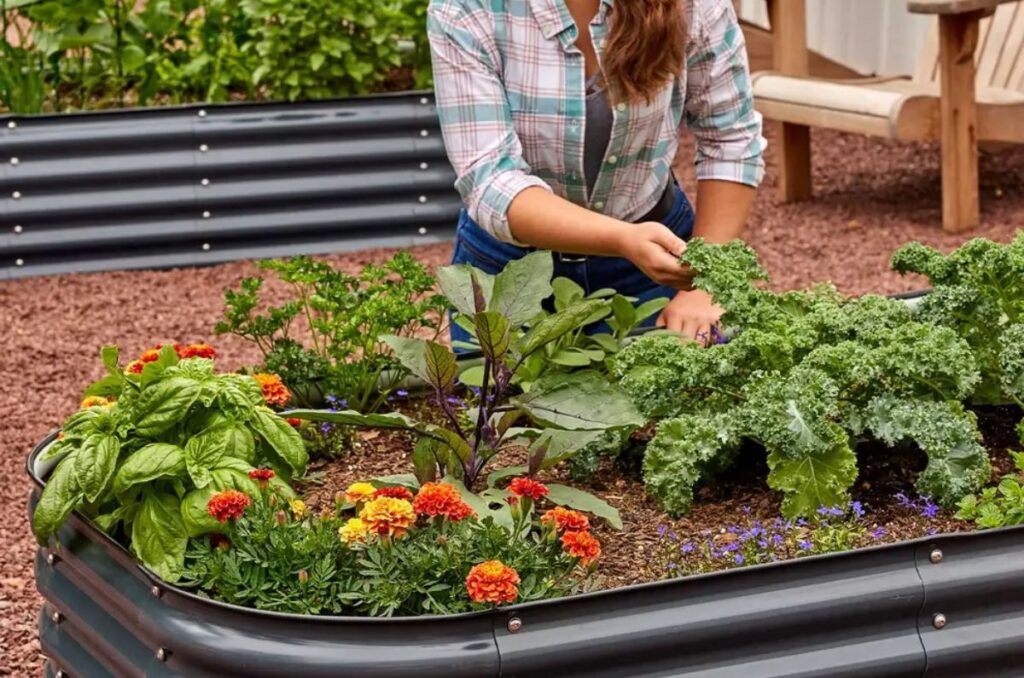
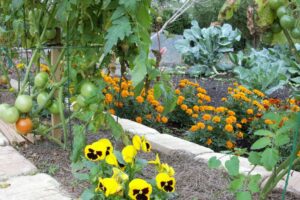
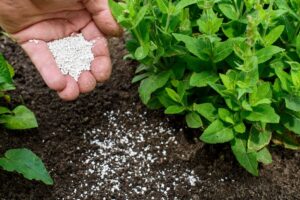
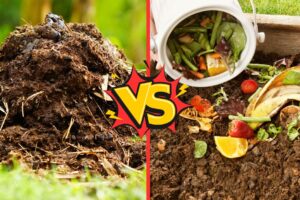
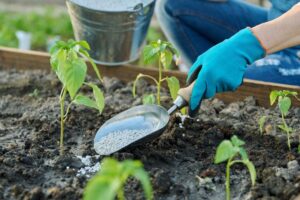
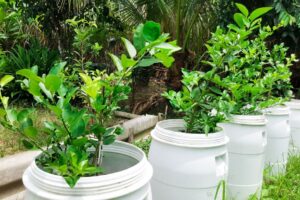
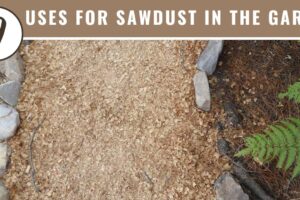
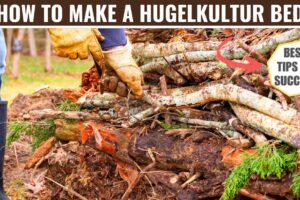
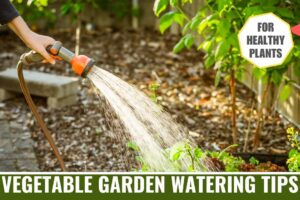
Leave a Reply